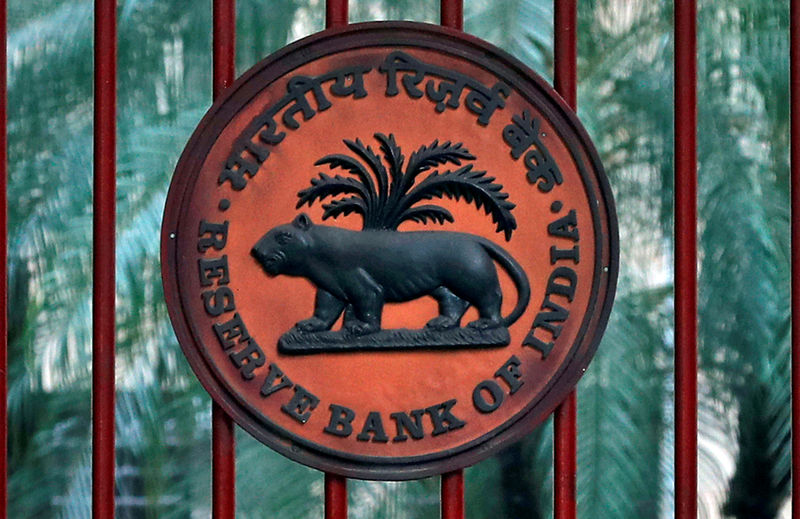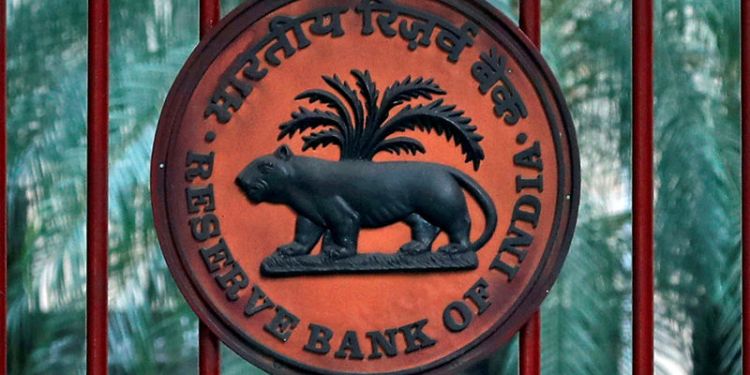 © Reuters. FILE PHOTO: {{0|Reserve Bank of India}} logo is seen at the gate of its office in New Delhi
© Reuters. FILE PHOTO: {{0|Reserve Bank of India}} logo is seen at the gate of its office in New DelhiBy Suvashree Choudhury
MUMBAI (Reuters) – A crucial Reserve Bank of India (RBI) sub-committee did not discuss easing lending curbs facing 11 state-run banks on Thursday despite intense pressure from the nation’s government to take a softer stance towards them, a source close to the discussions said.
The source said that the central bank’s board for financial supervision (BFS) only discussed the banks’ September quarter results and did not address the so-called prompt corrective action (PCA) plan that they currently have to operate under. That plan which restricts their lending has been imposed in recent years after the 11 suffered from a surge in bad loans, capital depletion and mounting losses.
The BFS is waiting for a detailed plan from RBI officials before it can submit recommendations to the central bank’s board, which will decide on steps to ease any of the curbs facing individual banks, the source said. “The RBI did not indicate any date so far to complete and submit the detailed plan,” this person added.
The plan will include measures that the 11 banks, the government and the RBI will need to take to revive them, the source said.
The lack of momentum is only likely to add to tensions between the government of Prime Minister Narendra Modi and the RBI at the next board meeting on Dec. 14. The BFS only meets once a month.
The RBI did not reply to an email seeking comments for this story.
AT LOGGERHEADS
The government, which wants the central bank to make it easier for banks and other lenders to make loans ahead of a general election due by May next year, is now in a position to control the board following its recent appointments of new members.
In recent months, the government and the central bank have been at loggerheads over whether the RBI has been too hawkish in its stance towards lenders and the economy given a drop in the inflation rate and signs of slower growth, as well as in the face of defaults by a major lender.
There are 21 listed state-run banks in India that cater to about two-third of the total loans in the economy. With nearly half of them under a PCA plan and the rest cautious due to a record $150 billion in bad debt, there is concern that their ability to lend is restricted.
The government is particularly anxious to increase the availability of credit for small and medium-sized businesses.
The government has been using some of the members it nominated to the central bank’s board to increase pressure on the RBI to relax curbs on the 11 lenders and to take a series of other actions to increase liquidity. The BFS was brought into the matter at the last meeting at the direction of the board.
The RBI kept interest rates unchanged and retained its “calibrated tightening” stance at its monetary policy committee meeting on Wednesday despite a steep downward revision in its inflation projections.
The government said in a statement it believed the “policy stance probably required calibration,” in an indication it may be unhappy with the RBI retaining its tightening bias.
A finance ministry official declined to clarify the statement.
Fusion Media or anyone involved with Fusion Media will not accept any liability for loss or damage as a result of reliance on the information including data, quotes, charts and buy/sell signals contained within this website. Please be fully informed regarding the risks and costs associated with trading the financial markets, it is one of the riskiest investment forms possible.
Source: Investing.com























